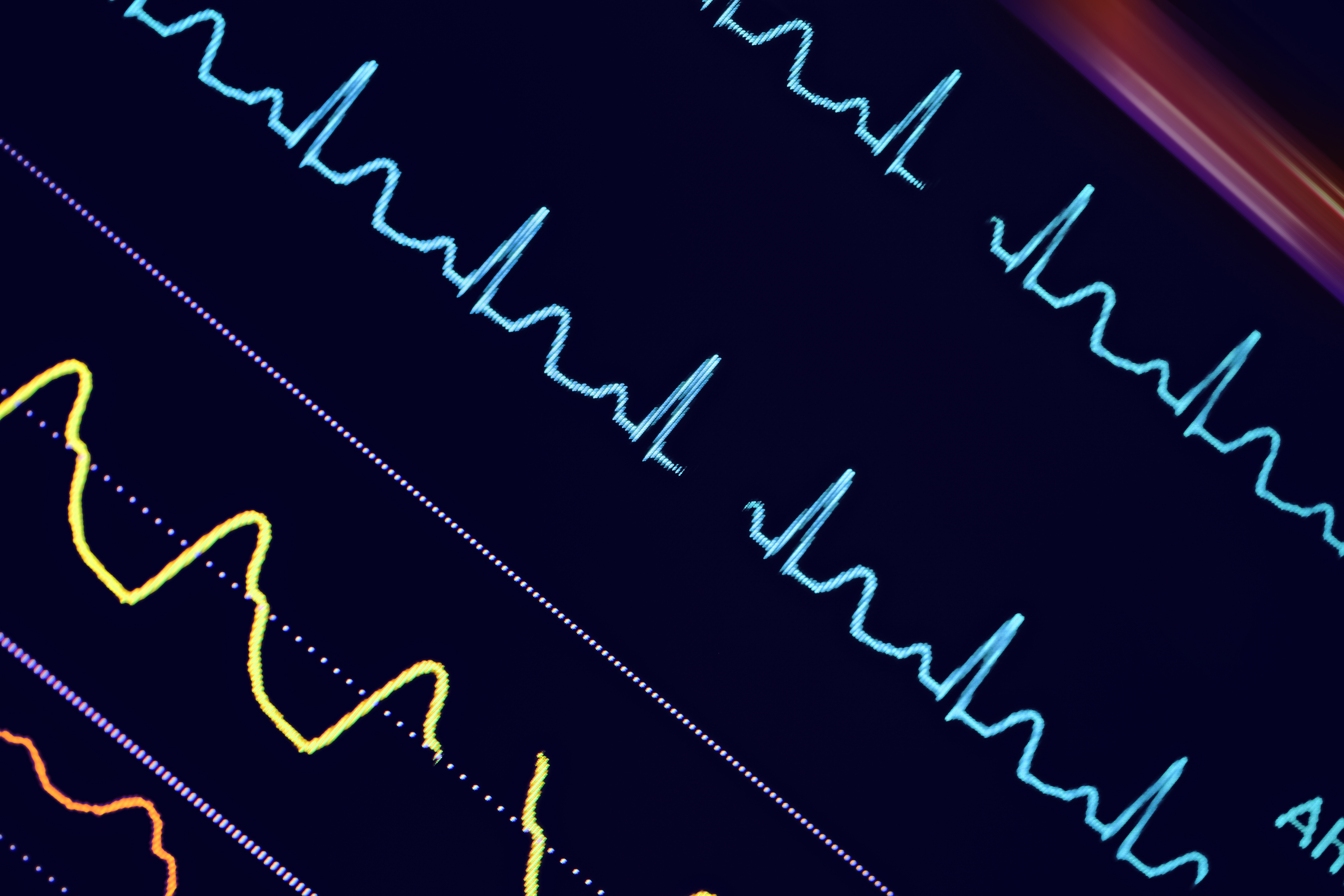#EULAR2016 – Scleroderma Heart Disease Deaths Might Be Prevented with Heart Monitor
Written by |

An easy-to-install heart monitor detects potentially deadly heart arrhythmias in patients with scleroderma without any known heart disease, according to a study presented at the European League Against Rheumatism Annual Congress (EULAR 2016), June 8-11 in London. The study underscores the need to identify patients at risk for heart disease to offer them monitoring that could save lives by the early detection and treatment of life-threatening heart rhythm abnormalities.
Scleroderma fibrotic processes can affect the heart in many ways — disturbing the conduction system controlling heart rhythm or compromising the heart muscle, valves, and the heart’s external lining. Despite the fact the heart involvement is common in scleroderma, many patients do not experience any heart symptoms at all, leading to a potentially dangerous situation of unmonitored heart disease.
“We know that cardiac involvement in systemic sclerosis is associated with a very poor prognosis, accounting for between 14 and 55 percent of deaths among patients with systemic sclerosis,” said study lead author Dr. Lesley-Anne Bissell from the Musculoskeletal Biomedical Research Unit at the University of Leeds in England. “Early diagnosis and treatment to reduce the risk of complications is therefore essential and crucial for a positive outcome.”
The monitor, which is known as an implantable loop recorder, is fitted through a small cut in the skin to its position just beneath the skin in the top left part of the chest, a procedure that generally takes only 15 to 20 minutes under local anesthesia. And the efficiency of the device has been tested before, with a good track record from cardiology practice.
Despite the monitor’s simplicity, with sensors on its surface replacing wires, it can automatically store electrocardiographic (ECG) data if a significant change in heart rhythm occurs. The device can also be manually activated if a patient experiences symptoms.
The pilot study, presented at the EULAR 2016 meeting, followed 19 patients with systemic sclerosis who used the heart monitor, and detected heart rhythm deviations in more than half the group.
The patients showed signs of rhythm changes in both the upper and lower chambers of the heart, as well as an abnormally fast heart rate and complete heart block. The rhythm abnormality findings in 15 of these patients were confirmed by cardiac magnetic resonance imaging (MRI), demonstrating signs of heart damage that correlated with the rhythm anomalies.





